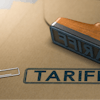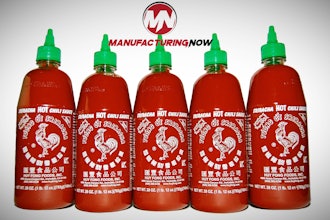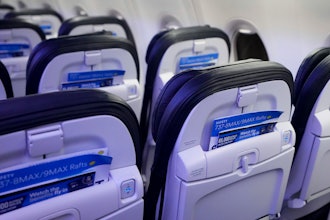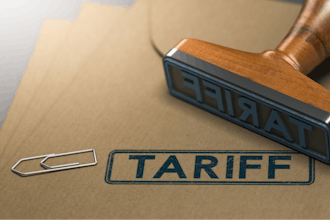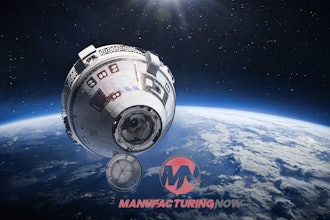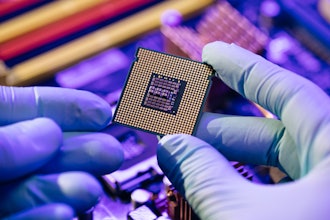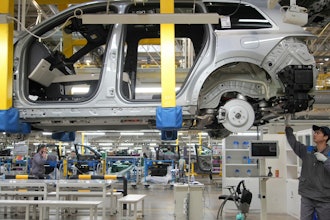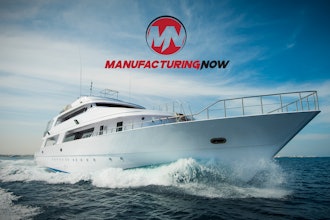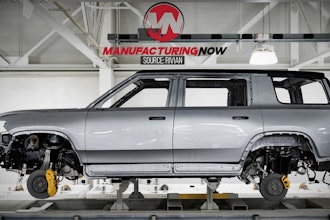For decades, Detroit automotive manufacturers have been dedicated to recapturing the global lead in product quality. We’ve had the opportunity to work on some really interesting quality improvement projects for a sports car assembly line, a vehicle that includes base and enthusiast models. It is a flagship model for the entire brand and so creating new processes, automation and information systems that create a superior vehicle are critical.
Today, data is captured in almost every manufacturing process in spite of the fact that automotive assembly continues to involve a lot of manual work. We have designed and implemented kitting, sequencing, error proofing systems, vision inspection solutions, automated work instructions and equipment status monitoring. Their warranty costs continue to decline and their quality continues to improve and it’s all about teamwork to design the right combination of manual operations, automation and information infrastructure.
Origin and Objectives: The project began when the automaker was in transition from pneumatic tooling to DC electric tooling. They wanted to have better insight into the manufacturing process and then track quality beyond the plant to create a “life history” for the vehicle. Their ultimate goal was to improve quality through better data.
First, Locate Every Vehicle, Part and Process: Tracking technology was implemented to create awareness of vehicle position throughout the entire production process. Where conveyance is involved, software and controls were integrated with the existing conveyance systems. Where there is no conveyance, a robust method of vehicle identification was put in place, such as bar codes, RFID or 2D pin stamp marking.
Once positional awareness was in place, the next challenge was to interface with the customer’s existing scheduling system so that we could generate data about each individual vehicle’s parts and processes, from engine to keys. From there, we designed a user-friendly interface at each station so that the operator could easily understand the requirements for each specific vehicle. The Assembly Information System shown above provides that interface.
Second, Implement Error Proofing and Traceability: With positional data fully integrated and available at each station, new configurable software was put in place to make sure that:
- Precisely measured torque is applied before advancing from station
- The correct parts are selected through bar code scanner or vision ID, then installed in the correct sequence and location
- Correct sports car badging was verified by vision inspection
- All serialized components (i.e. air bags, tires, key sets) are collected to be traceable throughout the life of the vehicle
Before Shipment, Integrate with Final Pass/Fail System: A user-focused interface was created for the existing gatekeeper system that had previously been used only for manual processes. This system is the final go/no-go vehicle evaluation before shipment.
Before automated error proofing, inspection operators would visually inspect the vehicle and then press a button to indicate pass/fail. To make the new system as non-disruptive as possible, we designed a very similar user interaction. The inspection operator’s experience didn’t change – the pass/fail button is still in place and the operator still visually provides the final inspection. The difference is that now, all of the error proofing and inspection data is incorporated into their evaluation of the vehicle.
Now, Expansion: Since the original error proofing and inspection system was designed, it has been rolled out to all North American sites and is moving internationally. The system’s capability has been expanded so that it now interfaces with fluid fills, test systems (in line and end of line), headlight alignment, and virtually all other processes that generate data. At this and other customer locations, automated work instructions, torque testing and error proofing has been extended into offline production and repair centers.
In addition, kitting and sequencing systems have been put in place so that each vehicle’s specific parts arrive at each station in synch with production. Once parts and part kits are at station, a “smart pick” system minimizes the walk path and operator time to install all required vehicle parts for that station.
The bottom line for the automaker is improved quality. By all measures, vehicle quality has improved significantly, including better owner-measured vehicle experience and lower warranty costs. An additional benefit of a complete error proofing system is improved efficiency through better line balancing and throughput.
The automaker has also implemented Factory Information Systems to monitor machine health, identify bottlenecks, track issues to specific machines, and provide complete visibility for throughput analysis. They know the state of any machine at any given time, if/when/why the line stops, the fault code trends to identify and solve machine issues, and how to solve supply chain challenges.
For more information, please visit www.superiorcontrols.net.
Superior Controls is a member of the Control System Integrators Association (CSIA), a global non-profit professional association that seeks to advance the industry of control system integration. For more information, visit www.controlsys.org.



